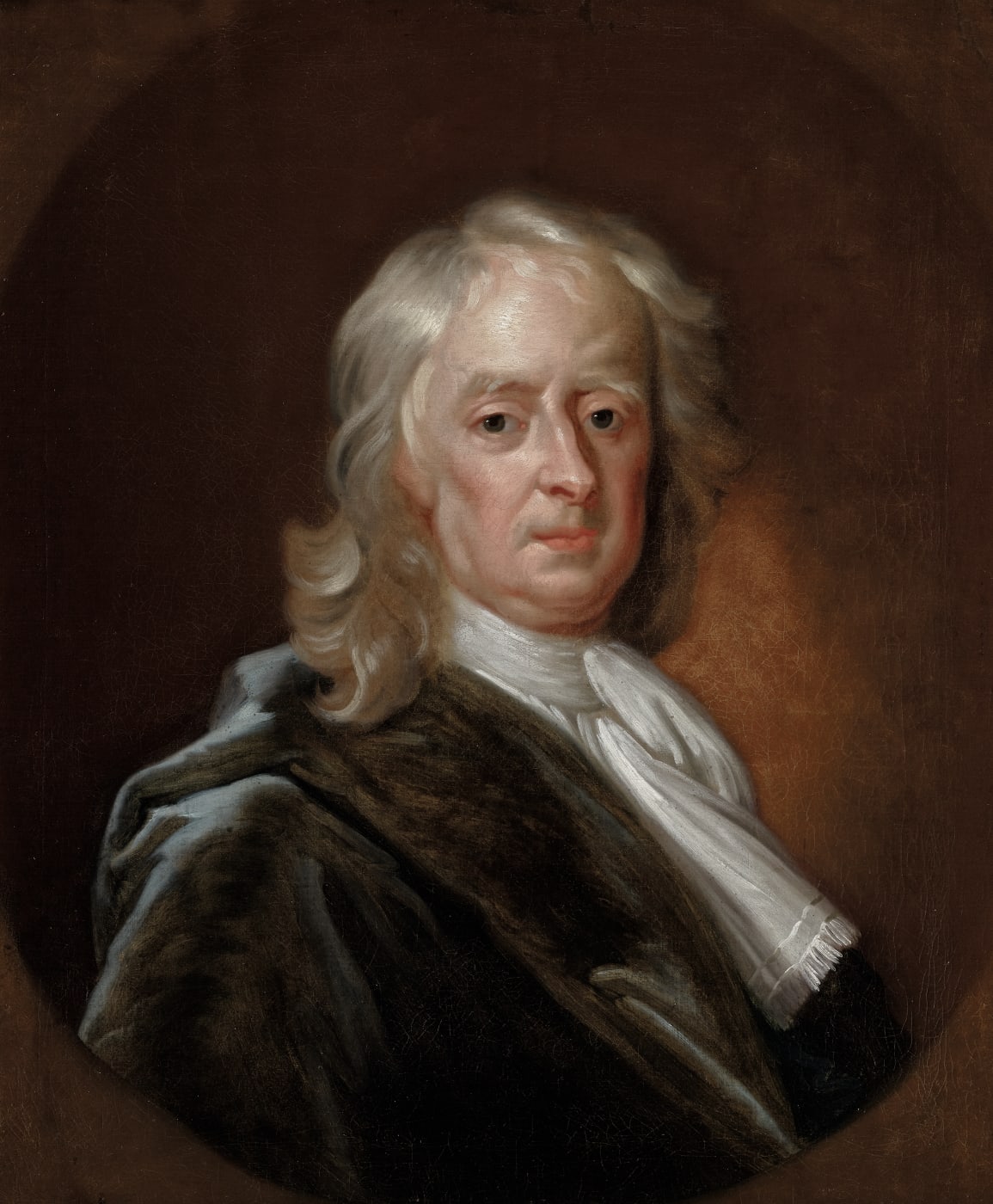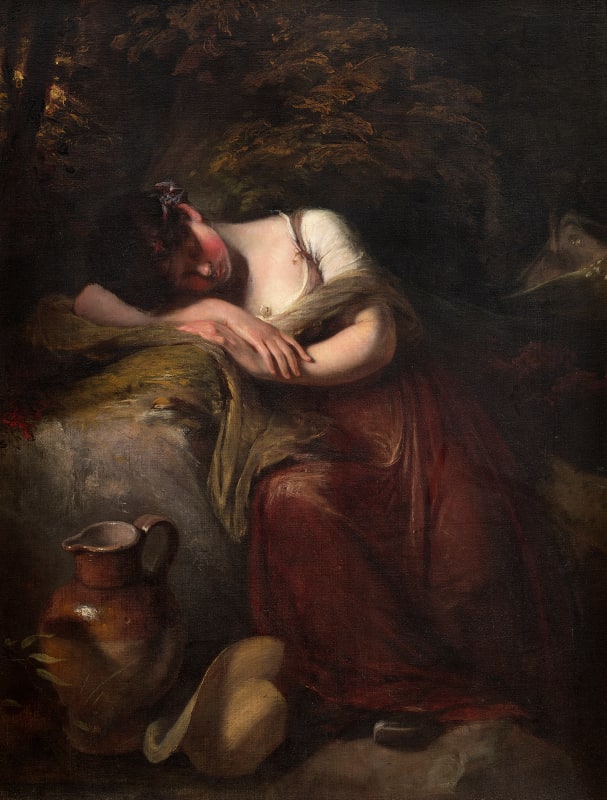Full Biography
In the early 18th century, Enoch Seeman followed in the footsteps of the talented pool of immigrant European artists - from Holbein and Van Dyck to Lely and Kneller – who arrived in England to practise as a portrait painter.
Born at Danzig, Germany, Enoch Seeman was brought to London at an early age by his father, who had previously been settled in Danzig as a painter. Styled initially as 'Enoch Seeman junior' he established himself in St Martin's Lane where he enjoyed early popularity as a portraitist. His early work exhibits a clear interest in the stylistic tendencies of Sir Godfrey Kneller and comparisons can be drawn between the two artists’ paintings.
He continued to expand his practice, which remained substantial throughout his career. In common with the mass of his contemporaries he employed a repertoire of stock poses and his work remains extremely distinctive. Wisely, Seeman priced his portraits significantly lower than many of his fellows: at twenty guineas for a full-length in 1732 he asked roughly a half of what many painters were charging for such a canvas during the same period.
In the early 18th century, Enoch Seeman followed in the footsteps of the talented pool of immigrant European artists - from Holbein and Van Dyck to Lely and Kneller – who arrived in England to practise as a portrait painter.
Born at Danzig, Germany, Enoch Seeman was brought to London at an early age by his father, who had previously been settled in Danzig as a painter. Styled initially as 'Enoch Seeman junior' he established himself in St Martin's Lane where he enjoyed early popularity as a portraitist. His early work exhibits a clear interest in the stylistic tendencies of Sir Godfrey Kneller and comparisons can be drawn between the two artists’ paintings.
He continued to expand his practice, which remained substantial throughout his career. In common with the mass of his contemporaries he employed a repertoire of stock poses and his work remains extremely distinctive. Wisely, Seeman priced his portraits significantly lower than many of his fellows: at twenty guineas for a full-length in 1732 he asked roughly a half of what many painters were charging for such a canvas during the same period.
He retained royal patronage as well as that of the nobility and gentry, and painted George II and his consort, Queen Caroline (the latter picture is now in the collection of the National Portrait Gallery, London).
Seeman also frequently painted his own portrait, and these have been lauded as some of his most expressive works. Two self-portraits are for sale above, both of which display the artist’s mastery of chiaroscuro and the effects of artificial candlelight lighting.










